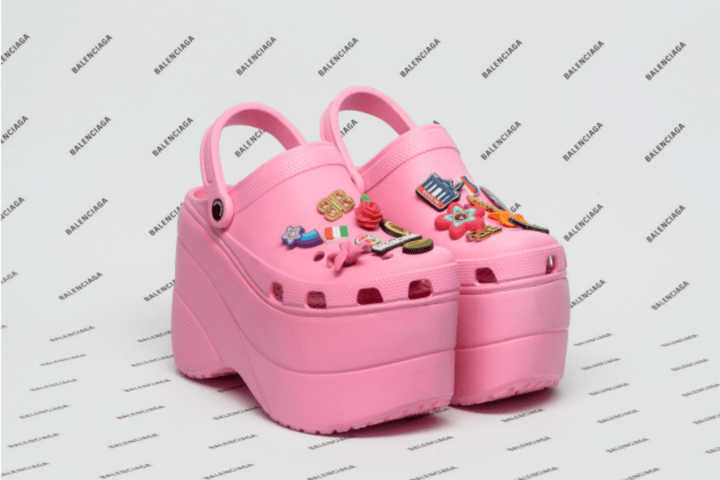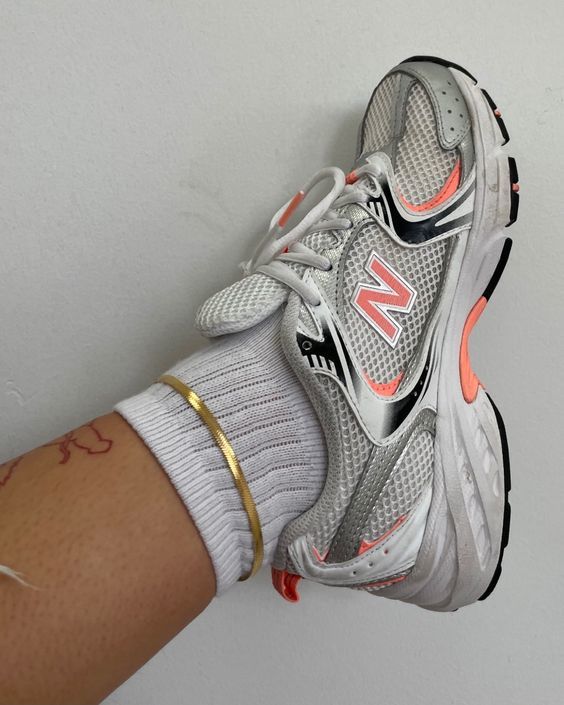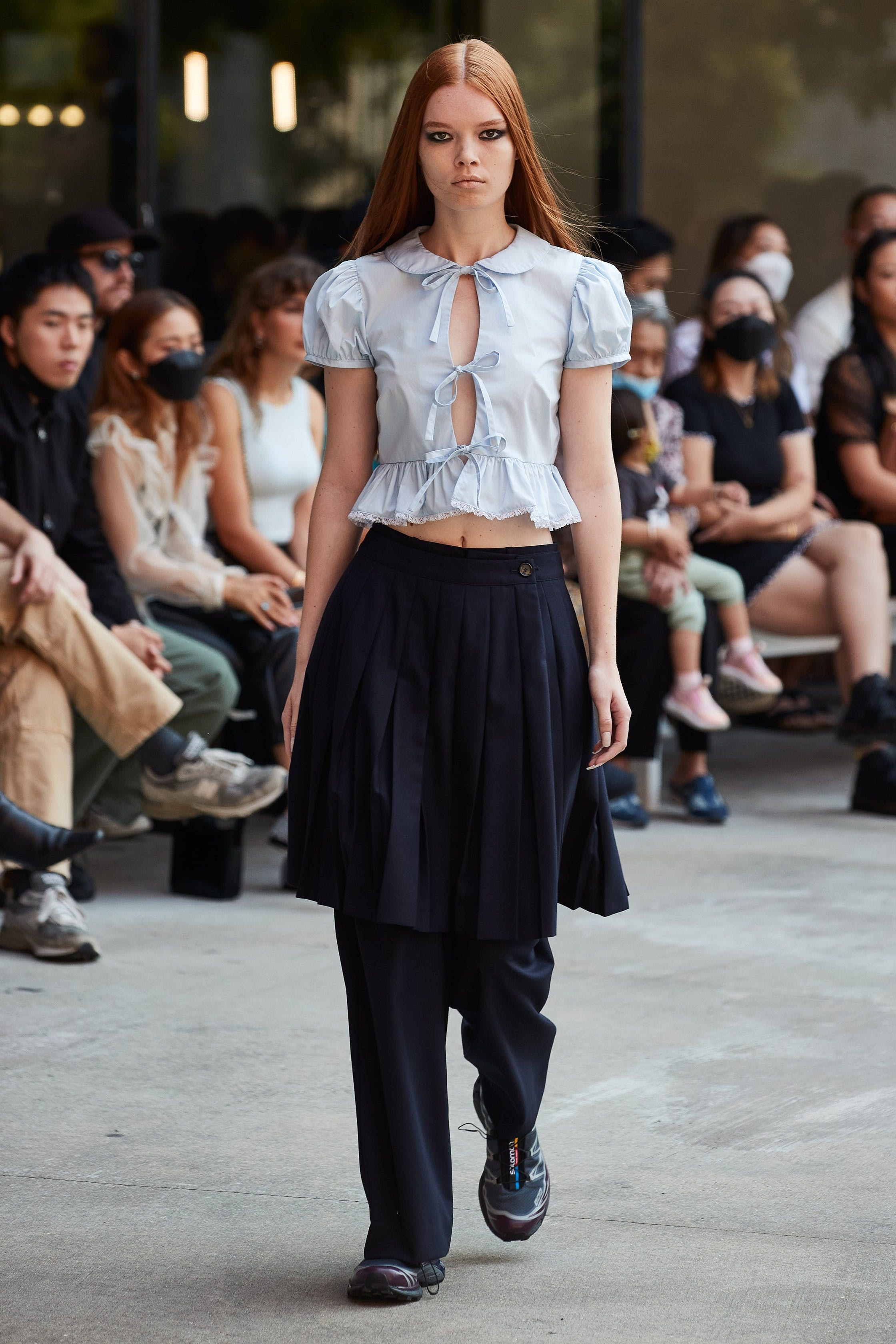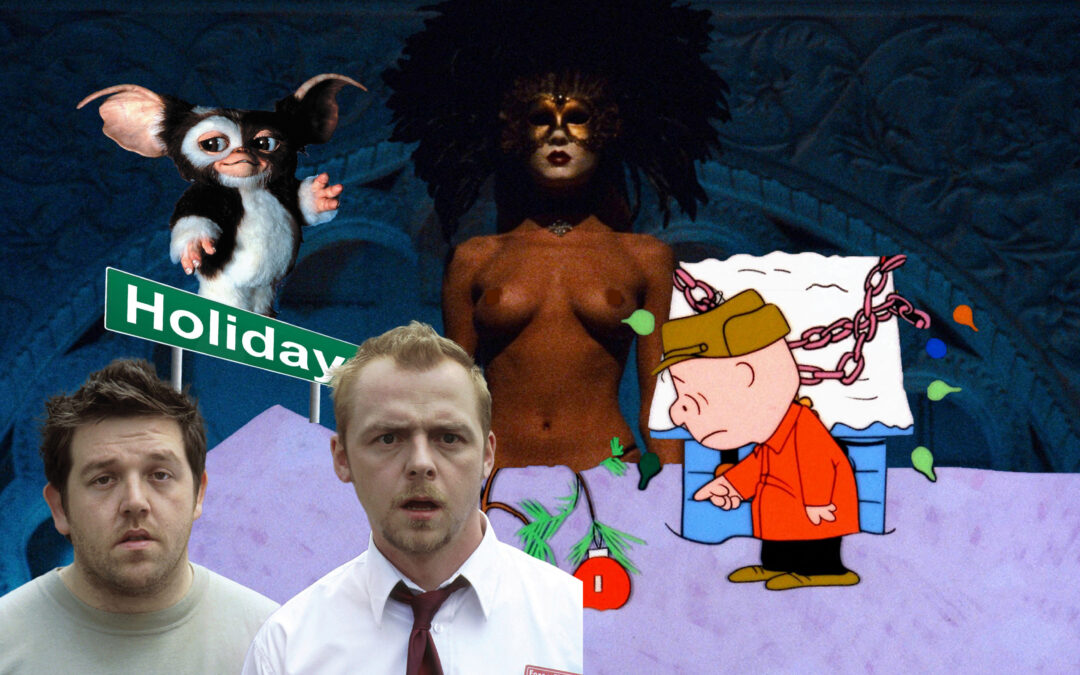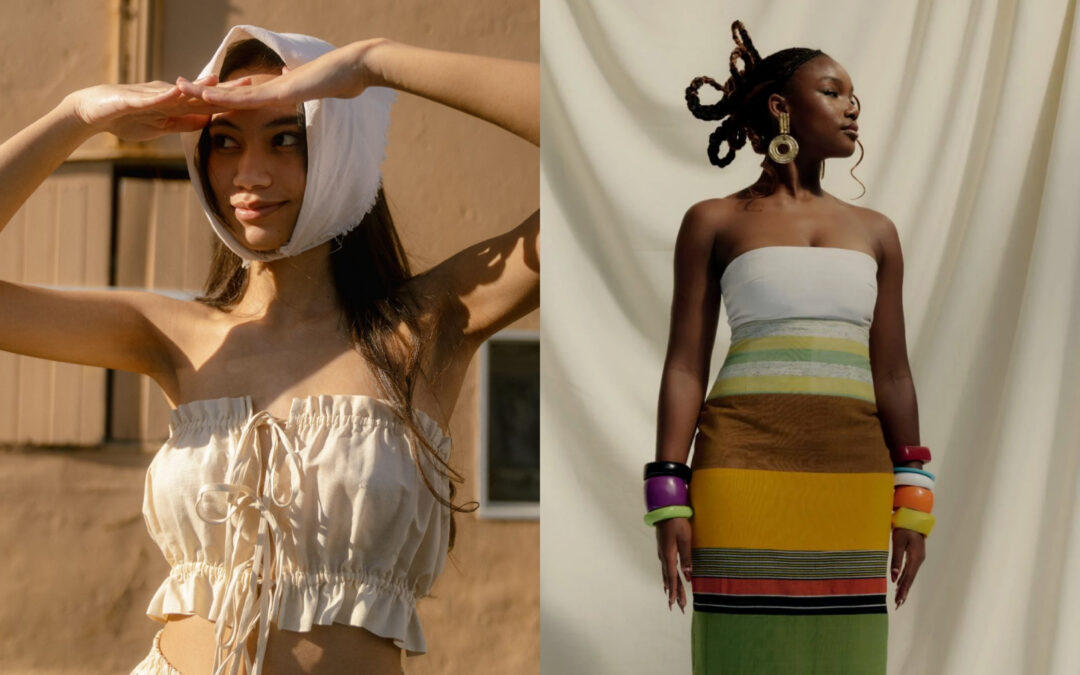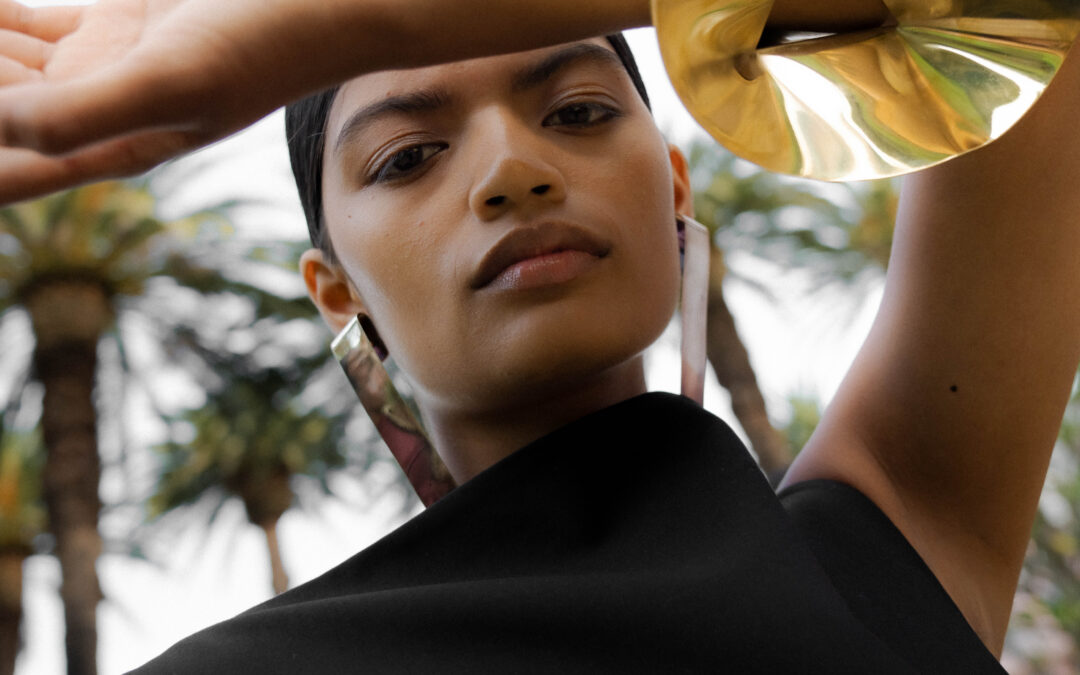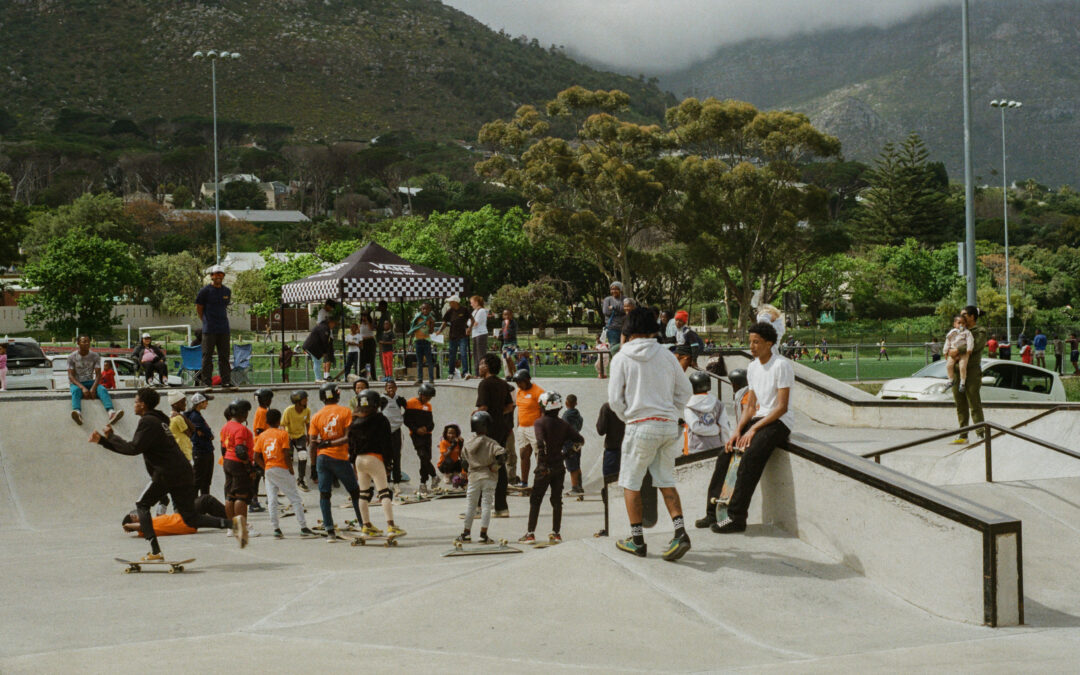Trends are able to transcend regional boundaries in a globalised, connected world. The use of digital media and social networking has changed how information is shared and now, with fashion trends quickly spreading through platforms like Instagram, Pinterest, and TikTok, reaching millions of people worldwide in seconds. Social media itself speaks to our innate desire to connect with each other; our sartorial choices today reflect the way that we connect each other and how clothing serves as a ‘uniform’ through which we recognise and categorise notions of ‘being cool’, or ‘interesting’ or ‘aligned’ with popular culture. This phenomenon known as ‘herding mentality’ is one of our most innate qualities as human beings; we are a herd-animal species, who have always sought to relate and survive in accordance with the experiences of the communities around us.
In Katya Loviana’s article for the Centre for Digital Society, she writes, “over time, social influence has proven to impact consumer behaviour through the herding effect. Even before the internet and social media era, the tendency to get influenced by others already existed. Consumers can ignore any signals from themselves in order to copy the behaviour of the majority. Nowadays, the existence of an online environment enhances the impact of being influenced, as consumers can now observe others’ buying behaviour more easily, with social media as one of the most used online environments.”
Another significant aspect of how trend-cycles manifest is through nostalgia. Our strong connection to the past and our selective memory or romanticisation of it, are critical notions for how trend cycles appear to regurgitate. This cultural continuity is why we have seen the most wild returns in recent years; the famed ‘Crocs’ which were once all the rage in the 2000s were relegated to being that lame shoe our dads wear in the garden. It seemed hardpressed that they’d ever make a comeback – alas, anything is possible and by 2020, Crocs were not only just cool again; they were on the runway. Greta Jelen’s observation in her piece titled ‘How Crocs Leveraged Pop Culture To Make A Comeback’ describes the way Crocs used collaborations with Balenciaga, Post Malone and Justin Bieber to signal to the world that Crocs are hot again, “The only difference now is the marketing strategy, which admittedly, is appreciable. Clearly, someone at Crocs is a Millennial and understands that we are living in the age of the influencer. For a lot of people, what their favourite social media icon, rapper, actress, model, etc. says, goes. The saying “if all your friends jumped off a bridge, would you do it, too?” comes to mind.”
